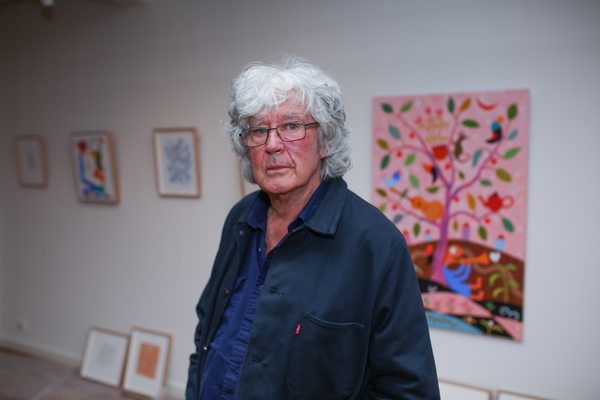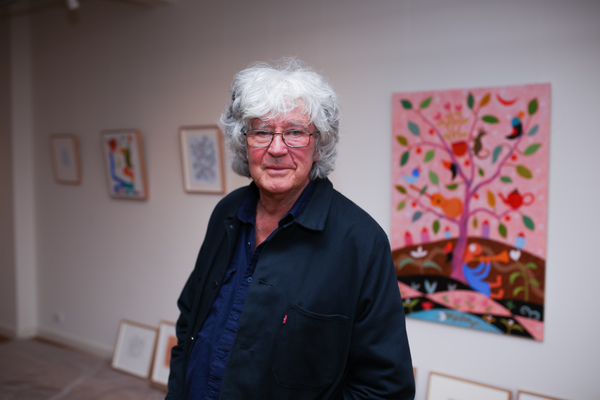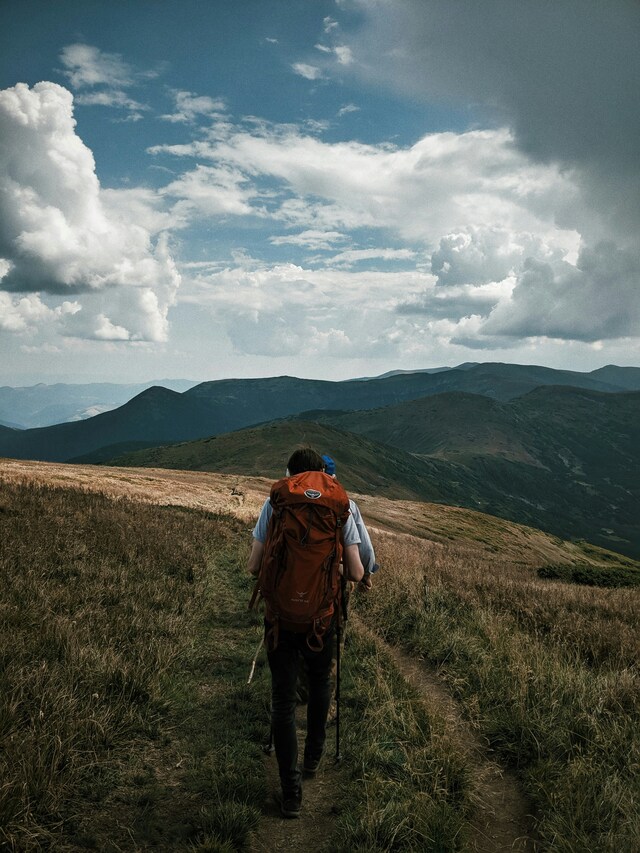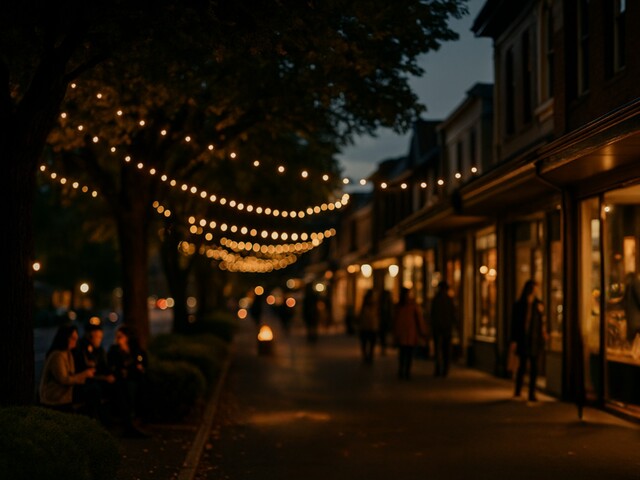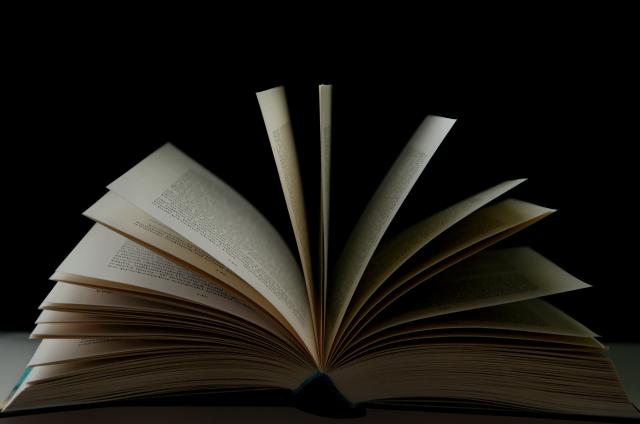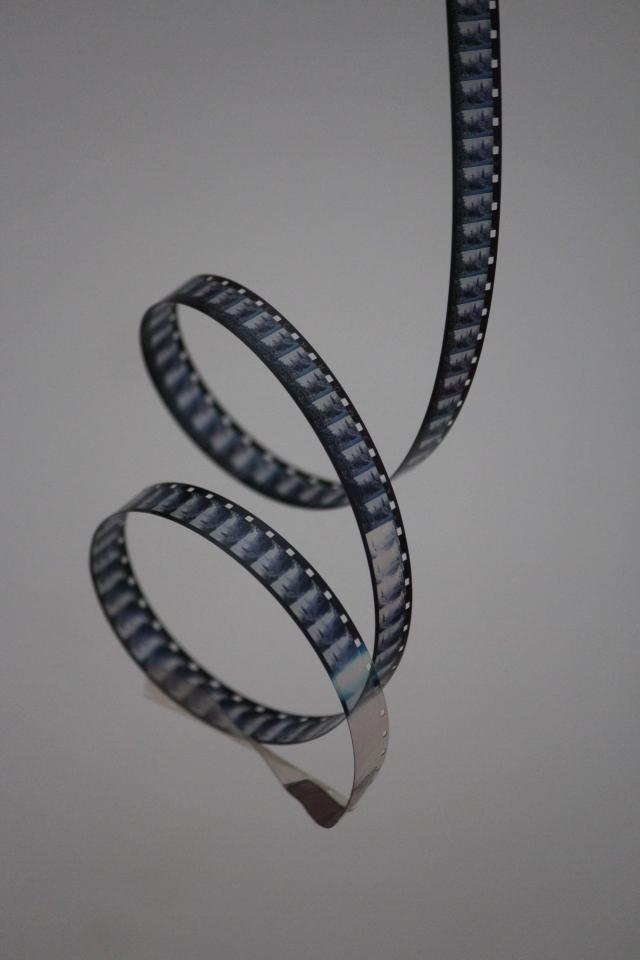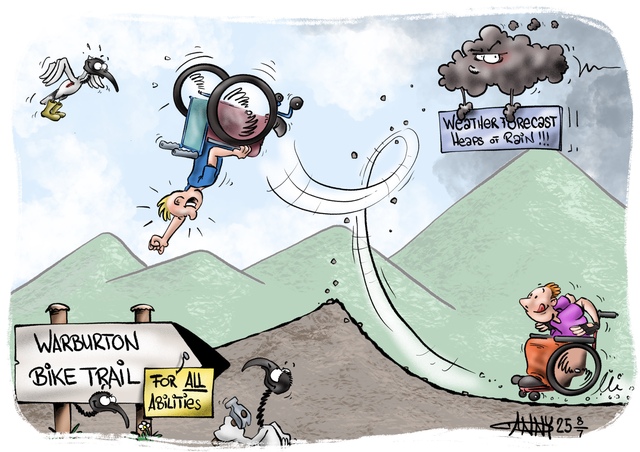What is something people don’t know about you?
I’m not from an art background but a labouring background. I’ve spent a lot of my time in the CFA, planting trees and general labouring. I come from a long line of people who are miners and meatworkers so I don’t fit in in some sense to the more intellectual circles – I’m comfortable there, but my heart has been in more practical and physical things for a lot of my life.
What has been your most memorable moment?
It’s a pain memory actually; I stepped into a pit of fire that was concealed when I was 9-years-old, and I was caught in it momentarily. I dropped into this sort of hole and the pain was unbelievable – a sudden searing pain. I got very serious burns from it and I wasn’t able to walk for some time. The memory of that pain is still with me today.
Is there a medium that you’ve been exploring or would like to explore in the future?
I’m not sure. Everything I do, you want to keep exploring it, it’s this continuous desire to liberate and be free with what you’re doing and inventive and that’s not so much a new medium. I’ve done film a little bit, but I still prefer the things I can do with my hands. I’m rather fond of traditional mediums.
When did you design your iconic character caricature?
I think it was at school, I would have been about 16-year-old and I used to draw this profile of a person – sort of, stupid thing. It was just a head side-on and it was meant to be just an idiotic, dumb person. I found you could make it quite expressive just by the shape of the eye and mouth, and its pure dumb innocence was what its strength was, because it was nondescript, it could be anybody.
What do you hope to achieve with your cartoons?
I like to think, there’s something traditional in what the good cartoonist does and that is to be the voice of the outsiders, to notice something that no one else thinks is important, but really is important. I would like to think people will look at it, be intrigued or mystified, there’s a poetic element in a cartoon in my mind- it’s not just a gag. I like to think it would soften people rather than sharpen them and that it opens people up a bit, and that’s a big wish.
Which object that you’ve lost do you wish you still had?
My dog, Dina. I had a dog who was my dearest, closest spiritual companion as a 12-year-old. It was the loveliest little kelpie and it just went everywhere with me and one day me and my father went down to the Mornington Peninsula and the dog was always waiting for me. We came back and it was gone. To this day I will see a black and tan kelpie and say, ‘that’s like Dina’. I really was grief stricken for a long time.
How do you balance making a pointed or perhaps even controversial statement without crossing the line of being offensive?
I think we are in a bad way at the moment and there’s a lot of intolerance and we’ve forgotten the idea that it’s good to be challenged and good to be able to bear with things that you might not agree with. I think the cartoonist’s job was to always push that boundary a bit, and I have been in trouble a lot of times in my life over these things. I’ve had a life time of trying to keep the line not getting to tight, and pushing the line back a bit in the belief that we’d do well to bear with each other and talk it through rather than silence each other too much.

